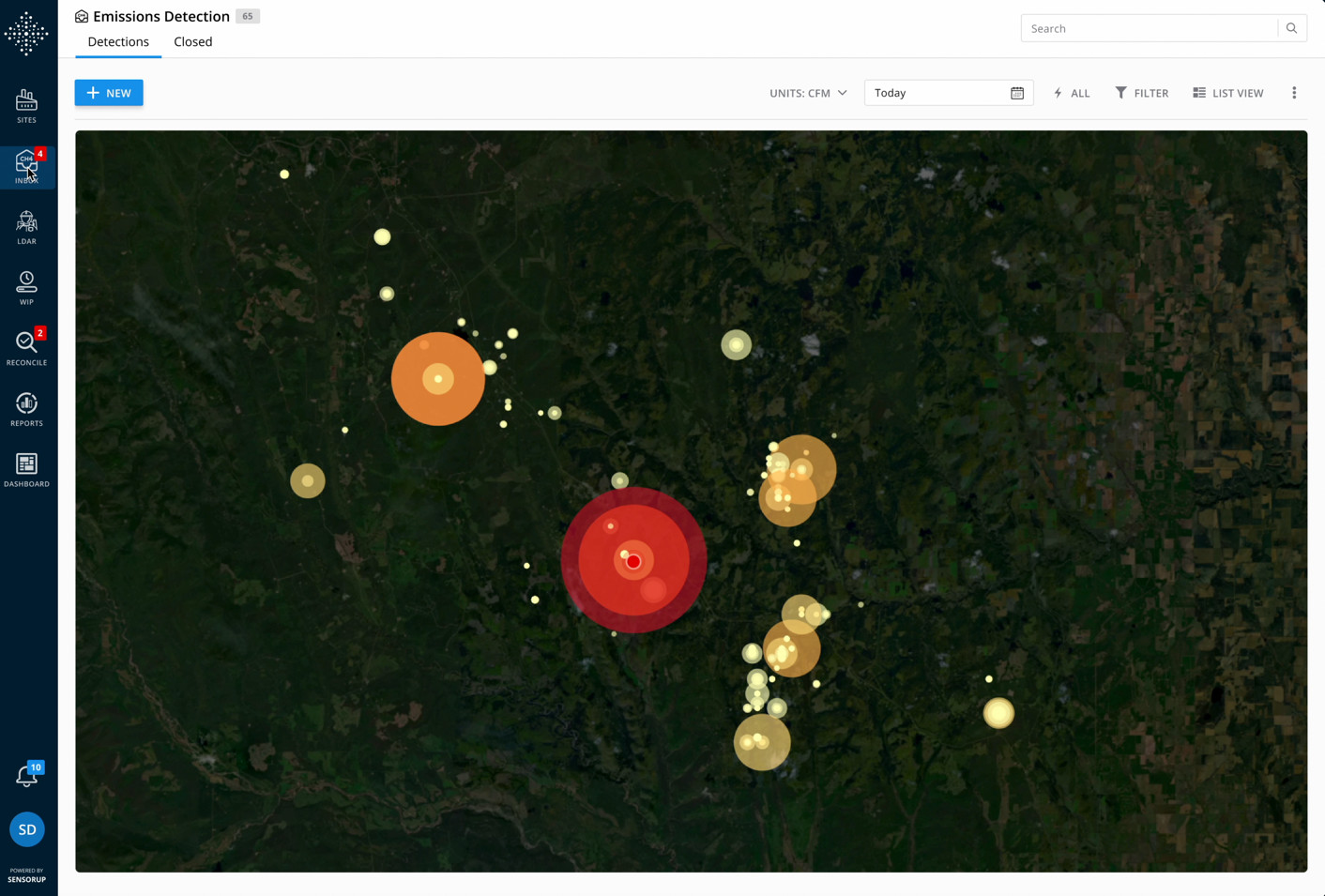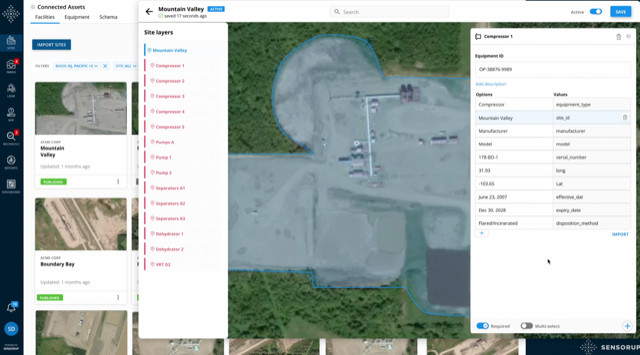

Methane is a potent greenhouse gas, conservatively 28 times worse than carbon dioxide, and the second largest cause of global warming, accounting for approximately 20% of emissions. While that sounds terribly grim for the environment and our planet’s health, there is a silver lining. Methane has a big impact, but a short-term impact. If methane emissions are eliminated, there is no residual effect in the atmosphere. So, once methane is gone, it's gone. Methane also has value. Methane that is recaptured can be monetized, and as a fuel source, methane is capable of producing more heat and light energy by other hydrocarbon- or fossil-based fuels, including coal and gasoline refined from oil. Ironically, when used as a fuel source, methane produces significantly less carbon dioxide and other pollutants.
The energy sector accounts for 40% of methane emissions produced from human activity, with agriculture and landfills representing the biggest source of emissions. Within the energy sector specifically, coal, oil and natural gas operations each contribute around 40 Mt of methane emissions released through natural gas flares and venting and nearly 5 Mt of methane via leaks from end-use equipment.
But again, the news is not all bad for energy producers. According to the International Energy Association (IEA), methane leaks can be stopped at the source using existing technologies and without breaking the bank. The key is in finding those methane emission sources early, so the problem can be resolved quickly and with minimized consequences. It is also interesting to know that the energy sector's methane emissions are reducing, while the other two sources mentioned above are in fact, increasing. It is evidence that methane emissions reduction within the energy sector can have a real, tangible impact in helping us alleviate the global warming crisis.
A Platform for Comprehensive Methane Detection and Repair
Enter SensorUp’s Gas Emission Management Solution (GEMS), an end-to-end enterprise platform, purpose-built to help energy producers manage every detail of methane Measurement, Reporting, Verification, and Repair (MRVR).
GEMS is an invaluable source of insight for energy companies, providing a comprehensive, enterprise-wide solution for methane detection and repair.
“GEMS is about finding answers in the chaos,” says Steve Liang, founder and CTO of SensorUp. “Energy producers have thousands of sensors across their operations performing different monitoring tasks. The problem is that these sensors never agree with each other. They also capture very different kinds of data. So there’s a lot of noise, and it is hard to find actionable answers in that noise. The problem GEMS solves is that we aggregate and reconcile all this data, so there is a defensible output that an organization can act upon and report upon.”
GEMS starts with emission sensor integration, pulling in sensor data through connections with a variety of measurement providers popular among energy producers including Qube, Soofie, Kairos, and more. GEMS then pulls in Optical Gas Imaging (OGI) inspection data into its system, which provides essential emission data fabric for contextual understanding. This increases reconciliation efficiency, enables comprehensive review and simplifies auditing and reporting. Finally, GEMS folds in operations data, such as scheduled maintenance work orders, venting, flaring and blowdowns as well as utilization data from SCADA systems. This adds operational context.
One platform, one source of truth to manage and eliminate methane emissions
“All of this information, brought together into one platform, creates a single source of truth for energy producers,” says Steve. That means they can manage their methane outputs in real-time across their entire operation, detect and find methane leaks faster, dispatch teams to fix the problem quicker and stop methane leaks before they become a big problem.”
As most energy producers operate in remote territories where there is little to no cellular coverage the ability to leverage both private and public 5G-enabled networks becomes important. The speed of these networks also enables lightning-fast data processing at the edge.
“Every second counts in stopping these methane leads. Before SensorUp’s GEMS platform came into existence, energy producers relied on Excel spreadsheets as their operation system. They’d gather up a bunch of data from the field, try to make sense of it, and then make a decision whether someone should be dispatched to fix the leak. That meant problems could take a long time to resolve. With GEMS, that happens in real-time.”
The roll-up benefit to the business and to the entire industry is that energy producers can meet their GHG commitments more easily and adhere to the stringent emission reporting standards that govern their operations.
SensorUp’s relationship with 5G Open Innovation Lab began when the company joined the Lab’s Batch 3 cohort of startups.
“We were still in our formative days, still figuring out the big problem our technology could be applied to solve and conversations with the Lab, with fellow companies in the same and with the Lab’s technology partners around how sensors and connectivity could make a difference, was informative and enjoyable,” explains Steve. Through the Lab’s vast network of connections, SensorUp was able to connect with technology partners Avanade and Microsoft. And that in turn, led to methane-related projects which helped shape SensorUp’s market focus.
Laser-focus on solving the methane emissions challenge
With customers in Canada and the US, including large energy producers the likes of TC Energy and Occidental Petroleum, and significant capital in the bank, SensorUp is primed for growth and expansion.
“At the end of the day, it’s all about helping energy producers meet their GHG reduction targets. Climate change is upon us. The time to act is now. The Oil and Gas Climate Initiative is calling for companies to have zero methane emissions from their operations by 2030. That calls for an all-in approach that treats methane emissions as seriously as the industry already treats safety. We are laser-focused on helping the industry solve this problem,” says Steve.


Posted October 17, 2023